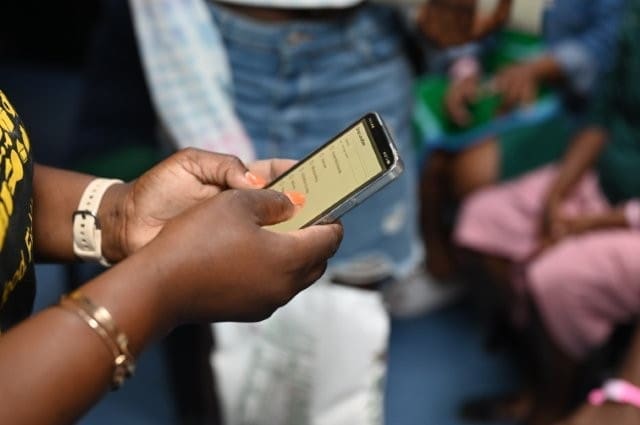In a bold move to reshape food aid distribution across South Africa’s informal economy, SA Harvest has introduced a tech-enabled beneficiary vetting system.
Developed with Garnish Global, the app ensures food reaches legitimate community-based organisations (CBOs) while generating data to drive broader social impact.
As South Africa’s leading food rescue organisation, SA Harvest is using technology not just to deliver meals but to build deeper relationships and spotlight key players in hunger relief.
“Food is our starting point, our currency, but our real work is about enabling systematic change,” says COO Ozzy Nel.
“This vetting system gives us visibility into the lives, challenges, and strengths of our CBO partners. We’re building trust, collecting data, and becoming a conduit for others to invest meaningfully in community development.”
Why a vetting system and why now?
With over 300 beneficiary organisations in Johannesburg, Durban, and Cape Town, SA Harvest aims to bring structure to South Africa’s informal food economy, where many feeding schemes operate without documentation or safety oversight.
The new system ensures traceability without excluding grassroots efforts.
How the tech-powered system works
Developed with Garnish Global, the vetting platform includes:
- Real-time tracking to confirm CBO legitimacy
- Digital receipts & geo-tagging to verify deliveries
- Fraud detection to flag inconsistencies
- Low-data functionality for areas with poor connectivity
CBOs submit operational details via the app, including photos and food safety indicators, while SA Harvest teams conduct on-site verification.
“We’re not just gathering data,” says Lauren Henderson of Garnish Global. “We are collecting evidence of need, capacity, and opportunity. If a beneficiary claims they have a kitchen, they must show proof through a picture. This tech-driven approach helps us secure more food for those in need.”
Community-led verification & broader impact

Beyond the app, SA Harvest collaborates with local leaders and NGOs to validate beneficiaries. The data reveals gaps beyond hunger, such as education, infrastructure, and nutrition, enabling targeted support.
One success story is the Tehillah Community Collaborative, a high-impact CBO in need of beds. SA Harvest connected them with a logistics partner, securing beds within days.
“That’s what we mean by being a conduit,” says Nel. “We don’t solve everything; we enable solutions through the right information and partnerships.”
Phased rollout for long-term change
The system is being implemented in stages:
- Phase 1 (March 2025): Beneficiary vetting
- Phase 2 (April–May 2025): Community-level data collection
- Phase 3 (Q3 2025): WHO food safety training
- Phase 4 (Q4 2025): Sustainable skills training, including urban farming
“Phase one, vetting, is live,” says Henderson. “Phase two begins in April or May, followed by food safety training in Q3. By Q4, we’ll introduce agriculture programs to help communities grow their own food.”

Transparency
SA Harvest will publish quarterly impact reports, sharing insights (while protecting sensitive data) to inform food security strategies.
“To solve hunger, we need real-time data and trust-based relationships,” says Nel. “This system enables both and invites others to join the effort.”
By merging technology with community engagement, SA Harvest is creating a scalable model for ethical, data-driven food security, one meal, one partnership, and one verified beneficiary at a time.

